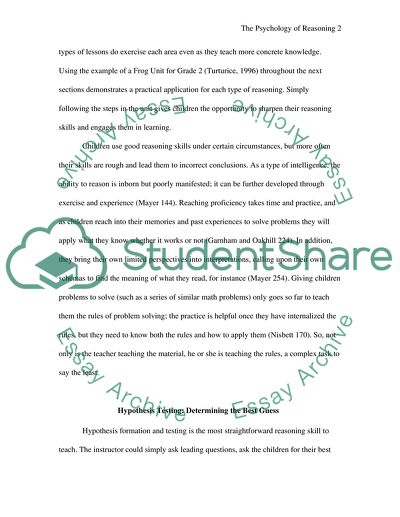Cite this document
(“Psychology of Thinking and Reasoning Term Paper”, n.d.)
Psychology of Thinking and Reasoning Term Paper. Retrieved from https://studentshare.org/psychology/1728457-psychology-of-thinking
Psychology of Thinking and Reasoning Term Paper. Retrieved from https://studentshare.org/psychology/1728457-psychology-of-thinking
(Psychology of Thinking and Reasoning Term Paper)
Psychology of Thinking and Reasoning Term Paper. https://studentshare.org/psychology/1728457-psychology-of-thinking.
Psychology of Thinking and Reasoning Term Paper. https://studentshare.org/psychology/1728457-psychology-of-thinking.
“Psychology of Thinking and Reasoning Term Paper”, n.d. https://studentshare.org/psychology/1728457-psychology-of-thinking.


